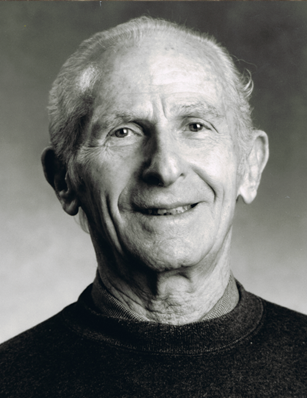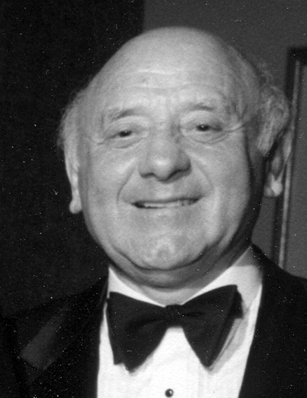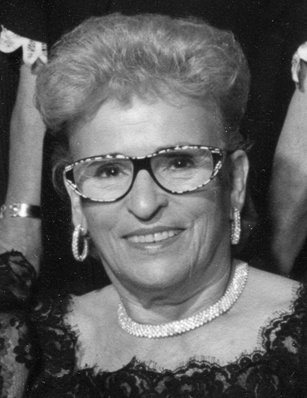Experience: Treblinka

|

|

|

|

|
|

|
|
|
|
|
|
|
|
|
|
|
|
|
|
“Operation Reinhard (also known as Aktion Reinhard) authorities chose the site for the Treblinka killing center in a sparsely populated area near the villages of Treblinka and Malkinia. Malkinia was located on the main Warsaw-Bialystok rail line, about 50 miles northeast of Warsaw, in the Generalgouvernement (that part of German-occupied Poland not directly annexed to Germany, attached to German East Prussia, or incorporated into the German-occupied Soviet Union).
“In November 1941, under the auspices of the SS and Police Leader for District Warsaw in the Generalgouvernement, SS and police authorities established a forced-labor camp for Jews, known as Treblinka, later as Treblinka I. The camp also served the SS and police authorities as a so-called Labor Education Camp for non-Jewish Poles whom the Germans perceived to have violated labor discipline. Both Polish and Jewish inmates, imprisoned in separate compounds of the labor camp, were deployed at forced labor. The majority of the forced laborers worked in a nearby gravel pit.
“In July 1942, the Operation Reinhard authorities completed the construction of a killing center, known as Treblinka II, approximately a mile from the labor camp. When Treblinka II commenced operations, two other Operation Reinhard camps, Belzec and Sobibor, were already in operation.”
“Deportations to Treblinka came mainly from the ghettos of the Warsaw and Radom districts in Generalgouvernement. Between late July and September 1942, the Germans deported around 265,000 Jews from the Warsaw ghetto to Treblinka. Between August and November 1942, SS and police authorities deported around 346,000 Jews to Treblinka II from the Radom District. From October 1942 until February 1943, the Germans deported more than 110,000 Jews from the Bialystok District (a section of German-occupied Poland that was attached administratively to German East Prussia) to Treblinka II. Treblinka also received transports of at least 33,300 Jews from District Lublin.”
“Jewish inmates organized a resistance group in Treblinka in early 1943. When camp operations neared completion, the prisoners feared they would be killed and the camp dismantled. During the late spring and summer of 1943, the resistance leaders decided to revolt. On August 2, 1943, prisoners quietly seized weapons from the camp armory, but were discovered before they could take over the camp. Hundreds of prisoners stormed the main gate in an attempt to escape. Many were killed by machine-gun fire. More than 300 did escape -- though two thirds of those who escaped were eventually tracked down and killed by German SS and police as well as military units. Acting under orders from Lublin, German SS and police personnel supervised the surviving prisoners, who were forced to dismantle the camp. After completion of this job, the German SS and police authorities shot the surviving prisoners.”
“Jewish inmates organized a resistance group in Treblinka in early 1943. When camp operations neared completion, the prisoners feared they would be killed and the camp dismantled. During the late spring and summer of 1943, the resistance leaders decided to revolt. On August 2, 1943, prisoners quietly seized weapons from the camp armory, but were discovered before they could take over the camp. Hundreds of prisoners stormed the main gate in an attempt to escape. Many were killed by machine-gun fire. More than 300 did escape -- though two thirds of those who escaped were eventually tracked down and killed by German SS and police as well as military units. Acting under orders from Lublin, German SS and police personnel supervised the surviving prisoners, who were forced to dismantle the camp. After completion of this job, the German SS and police authorities shot the surviving prisoners.”
United States Holocaust Memorial Museum. “Treblinka.” Holocaust Encyclopedia. http://www.ushmm.org/wlc/en/article.php?ModuleId=10005193
Accessed on 6/12/11.
United States Holocaust Memorial Museum. Photo Archives.
http://www.ushmm.org/wlc/en/media_ph.php?ModuleId=10005193&MediaId=539
http://www.ushmm.org/wlc/en/media_ph.php?ModuleId=10005193&MediaId=539
Accessed on 6/12/11.
— Dokumentationsarchiv des Oesterreichischen Widerstandes
United States Holocaust Memorial Museum. Photo Archives.
http://www.ushmm.org/wlc/en/media_ph.php?ModuleId=10005193&MediaId=1779
http://www.ushmm.org/wlc/en/media_ph.php?ModuleId=10005193&MediaId=1779
Accessed on 6/12/11/
— Jewish Historical Museum of Yugoslavia
United States Holocaust Memorial Museum. Photo Archives.
http://www.ushmm.org/wlc/en/media_ph.php?ModuleId=10005193&MediaId=807
http://www.ushmm.org/wlc/en/media_ph.php?ModuleId=10005193&MediaId=807
Accessed on 6/12/11.
— The Jacob Rader Marcus Center of the American Jewish Archives
United States Holocaust Memorial Museum. Photo Archives.
http://www.ushmm.org/wlc/en/media_ph.php?ModuleId=10005193&MediaId=615
http://www.ushmm.org/wlc/en/media_ph.php?ModuleId=10005193&MediaId=615
Accessed on 6/12/11.
— United States Holocaust Memorial Museum
United States Holocaust Memorial Museum. Photo Archives.
http://www.ushmm.org/wlc/en/media_ph.php?ModuleId=10005193&MediaId=794
http://www.ushmm.org/wlc/en/media_ph.php?ModuleId=10005193&MediaId=794
Accessed on 6/12/11.
Contact us
thank you!
Your application is successfuly submited. We will contact you as soon as possible
thank you!
Your application is successfuly submited. Check your inbox for future updates.